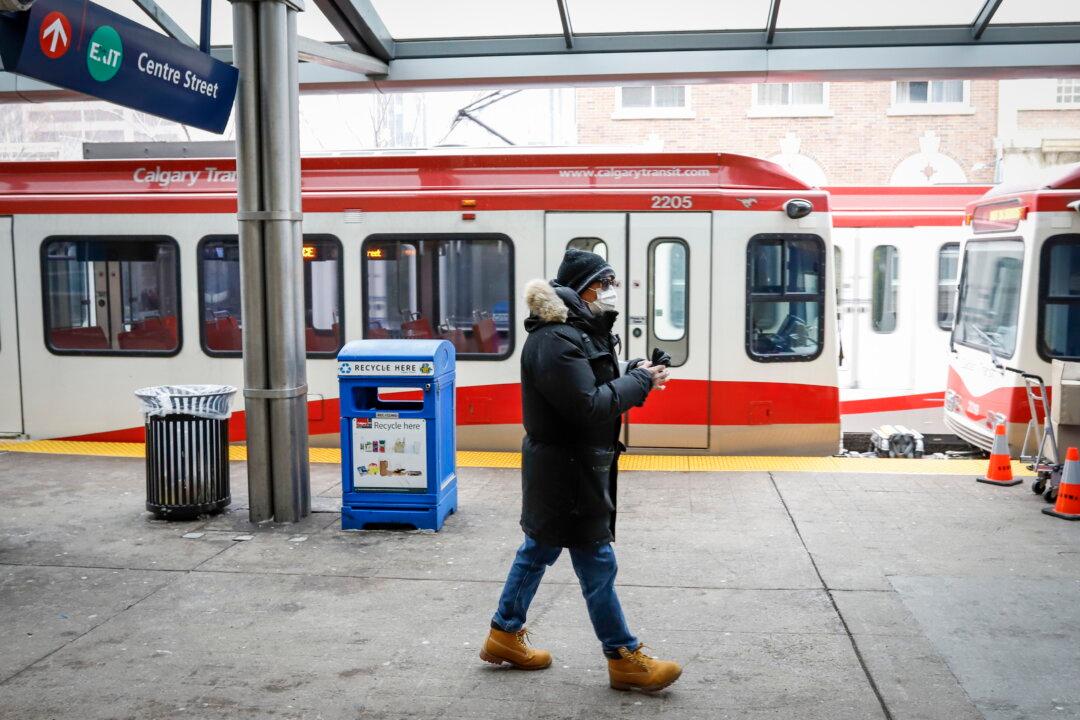Two men have retained legal representation and are asking Calgary Transit to clarify their charges, saying they were ticketed after they had a private conversation while on their way to Calgary’s 1 Million March 4 Children protest last month.
The conversation had allegedly interfered with the “comfort” of another transit user. A city bylaw prohibits anyone on transit property from engaging in activity that would “interfere with the comfort, convenience, or quiet use and enjoyment of the transit system of any reasonable person.”





